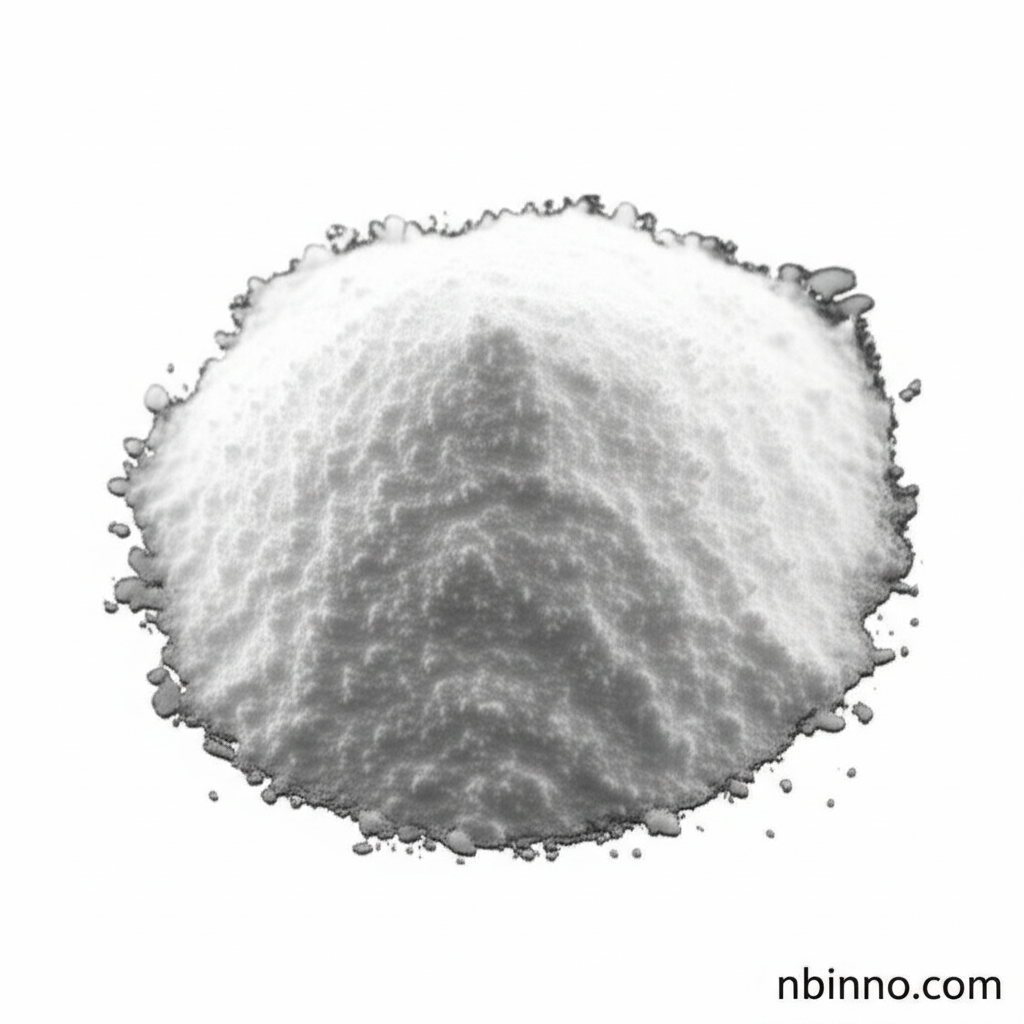3,7-Dibromodibenzothiophene: A Key Intermediate for Advanced Organic Electronics and Photocatalysis
Explore the synthesis and applications of a vital chemical building block revolutionizing material science.
Get a Quote & SampleProduct Core Value

Dibromodibenzothiophene
3,7-Dibromodibenzothiophene serves as a critical intermediate for the development of high-performance organic electronic devices and efficient photocatalytic systems. Its unique dibenzothiophene core, functionalized with bromine atoms, makes it an ideal building block for creating conjugated oligomers and polymers with tailored electronic and optical properties. The compound's thermal stability and reactivity are key to its utility in synthesizing materials for OLEDs, OFETs, and organic photovoltaics. Furthermore, research highlights its role in photoinduced deoxygenation reactions on insulating surfaces, enabling precise control over molecular oxidation states for advanced nanotechnology applications.
- Utilize 3,7-dibromodibenzothiophene synthesis to create advanced organic electronic materials with optimized performance characteristics.
- Investigate the potential of dibenzothiophene derivatives for OLEDs in developing next-generation display technologies.
- Leverage dibenzothiophene intermediates for OFETs to achieve higher charge carrier mobilities in flexible electronics.
- Explore dibenzothiophene S-oxide photoreactivity for novel applications in surface chemistry and material functionalization.
Key Advantages
Versatile Building Block
As a key building block for advanced organic electronics, 3,7-dibromodibenzothiophene enables the synthesis of materials for OLEDs, OFETs, and OPVs, facilitating innovation in electronic device performance.
Photocatalytic Potential
This compound is crucial for photocatalysis hydrogen production, offering a pathway to sustainable energy solutions through efficient light-driven chemical processes.
Precise Molecular Control
The study of dibenzothiophene S-oxide photoreactivity demonstrates precise control over molecular oxidation states on surfaces, paving the way for sophisticated on-surface chemistry applications.
Key Applications
Organic Electronics
Dibenzothiophene derivatives for OLEDs and dibenzothiophene intermediates for OFETs are critical for next-generation display and flexible electronics, benefiting from the compound's electronic properties.
Photocatalysis
The dibenzothiophene 5,5-dioxide applications in photocatalysis for hydrogen production highlight its contribution to renewable energy research and development.
Surface Chemistry
Understanding dibenzothiophene S-oxide photoreactivity on surfaces allows for advancements in controlled on-surface synthesis and manipulation of molecular structures.
Materials Science Research
As a fine chemical intermediate, it supports the broader field of materials science by enabling the creation of novel conjugated polymers and functional materials.
